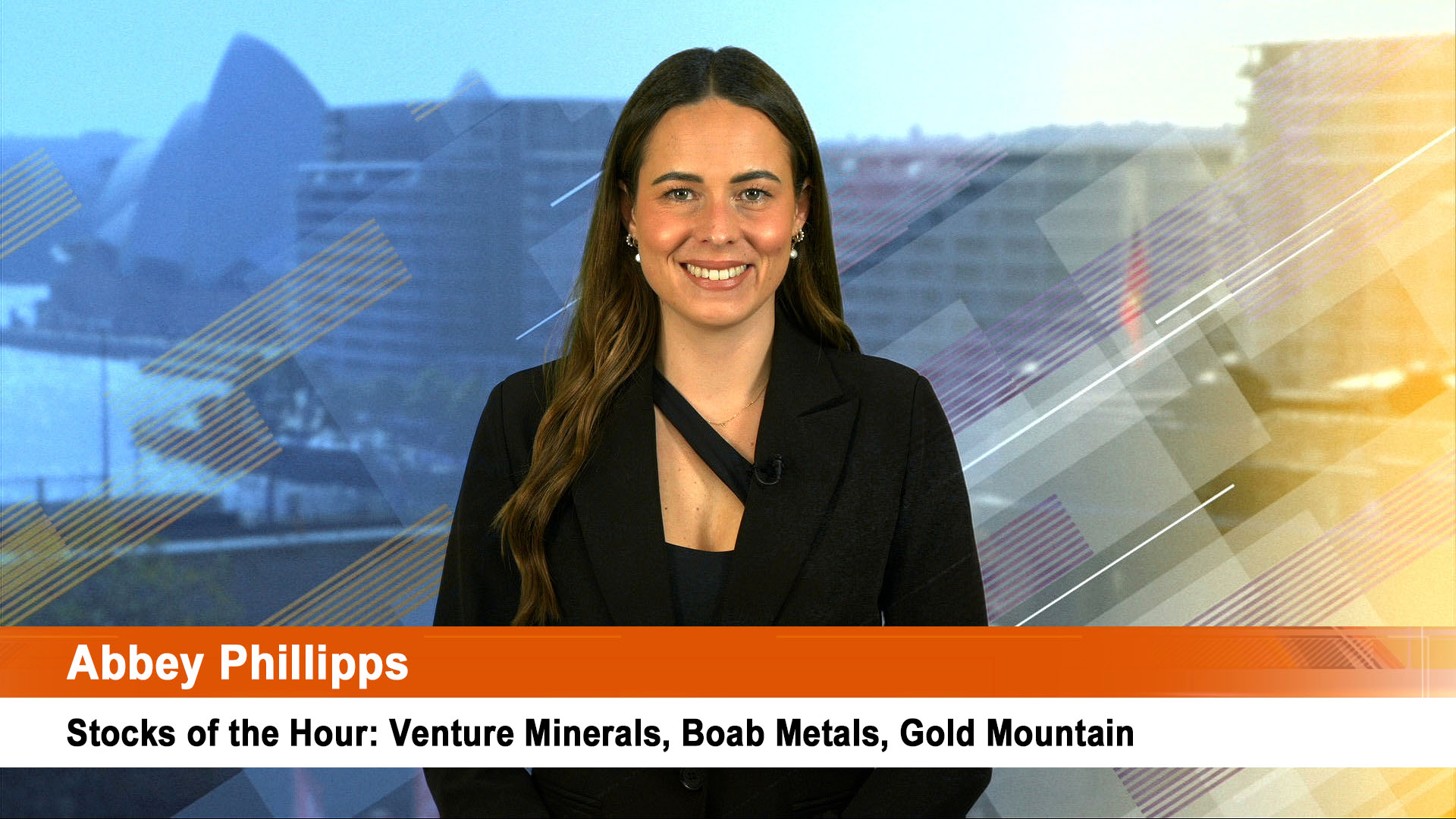No doubt the tit for tat tariff hike plans in the US and China will dominate the coming week, as will the outcome of last Friday night’s weak US jobs report for March.
Economists and others are now watching for a reaction from China to President Trump’s planned addition of another $US100 billion of Chinese exports to his tariff hike plan.
But also watch talk of negotiations, although China has strongly denied that there were any talks going on with the Americans.
The start of China’s March and March quarter economic figures thus week will re-focus attention on the country, especially the trade account.
Wednesday sees the release of producer price inflation that is expected to slow to 3.2% year on year (yoy) according to the AMP’s Chief Economist, Dr Shane Oliver and consumer price inflation which is likely to slow to 2.5% year on year (both due Wednesday).
Friday sees the release of trade data for March and the March quarter.
Dr Oliver says it is likely to show a slowing in export growth to 12% yoy after Lunar new year holiday distortions in the previous two months and import growth is likely to rise to 10% yoy.
Thursday also sees the release of March and first quarter loan growth details.
In Australia (which will be watching the China data closely) the week will be dominated the Trump trade tensions, market volatility and by a speech in Perth tomorrow by RBA Governor, Dr Phil Lowe and then the release if the central bank’s first financial Stability Review of the year.
Tomorrow sees the release of the NAB’s monthly survey of business conditions and confidence, while Wednesday sees the release of the Westpac/Melbourne Institute monthly look at consumer confidence.
US inflation data for March will be issued this week and US economists warn that it will probably hit a recent high – not because of rising costs, but because of a technical change last year in the way telecommunications costs are accounted for.
The March US consumer price index is expected to show a 2.3% while the core reading — which strips out more volatile items like fuel and food — is set to hit 2% and that will set off more ‘rate rise looms’ talk, even though the Fed is committed to lifting rates.
Analysts in the US with ING bank have an explanation. They said in a note last week that excluding cell phone data pricing from the annual comparison could make the crucial difference:
“While this may sound slightly bizarre, a quality adjustment to the CPI basket made in March last year resulted in a sharp one-off drop in communication costs and this has been knocking 0.2-0.3ppt off most core inflation measures ever since.”
The base effect rolls out of the comparison in this week’s report, meaning the reduction first seen a year ago disappears from the comparison, hence a rise, along with higher oil and petrol costs.
US wages rose 2.7% in the year to March, up from 2.6% in the year to February.
But the upshot could be that US inflation finally hits the 2% target limit of the Fed.
Wednesday sees the release of the minutes from the Federal Reserve’s last meeting and they will be watched to see what it says about the risk of trade wars .
But the commentary will remain consistent with further gradual monetary tightening planned by the US central bank, according to Dr Oliver.
The US March quarter earnings reporting season will also kick off. (See separate story).
And all eyes will be on Mark Zuckerberg when the Facebook founder and chief executive makes the key stop on the company’s post-data leak scandal apology tour:
Mr Zuckerberg is set to testify before the Senate judiciary committee and commerce committee on April 10, and then the House of representatives energy and commerce committee on April 11.
Investors will be watching closely to see how Zuckerberg’s apologies is received, and whether it’s enough to deter Congress from starting the process to pass legislation to clip rein-in the highly profitable and high-flying social media companies like Facebook, Alphabet, Apple, Netflix and especially Amazon.













